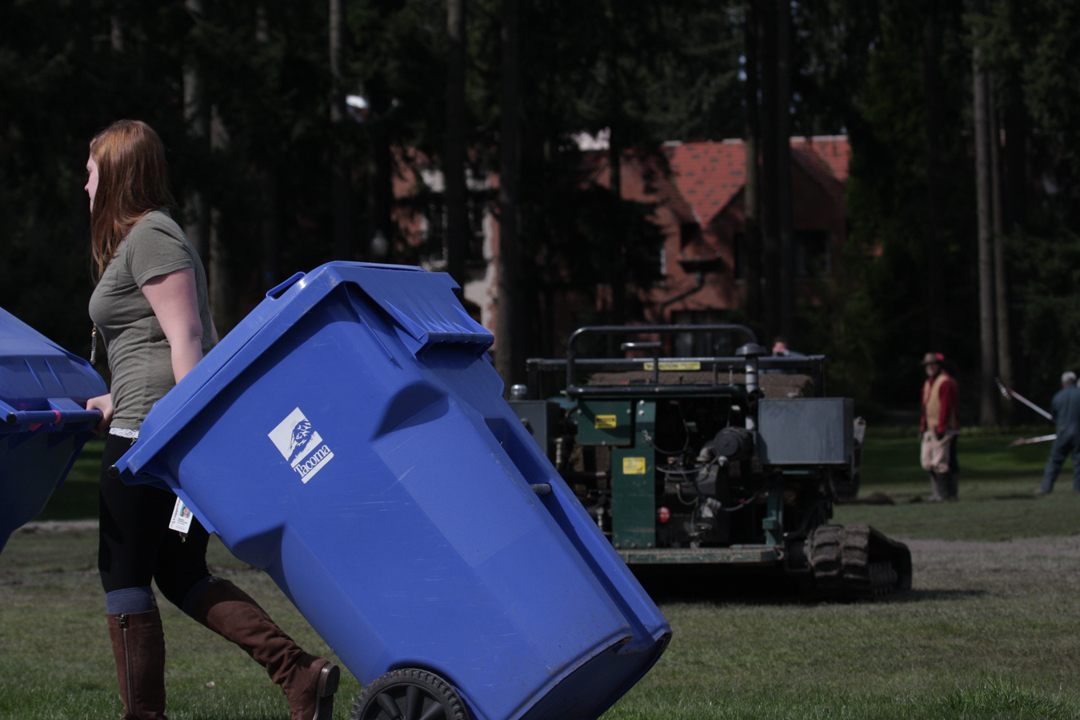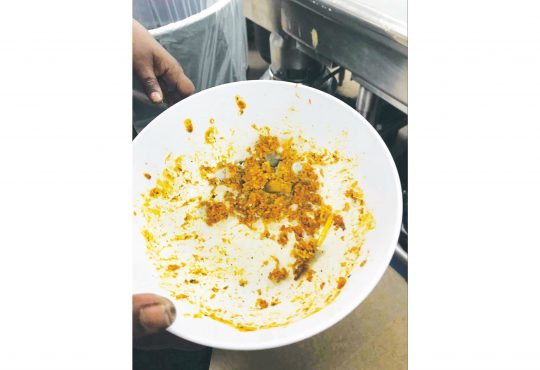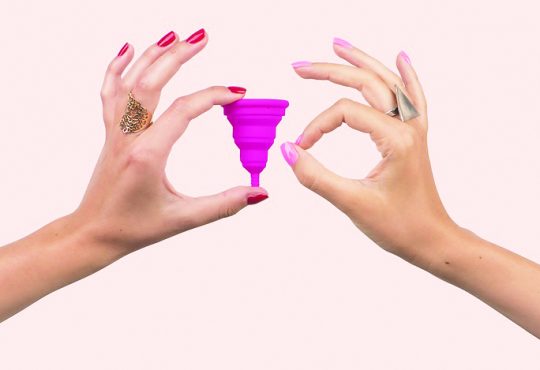
The blue recycling bins commonly referred to as “toters” can be seen everywhere on campus. As Puget Sound is dedicated to being a “clean and sustainable” campus, as the Facilities website states, there are maps available on the website that display where toters can be found in each University building, so that recycling is always accessible.
However, there are some secrets about the business of recycling—like what actually goes in and where the recycled products ultimately end up. The Facilities website lists and describes what products can be recycled.
Most recycling is “commingled” meaning that it is mixed. For example, plastics #1-7, newspapers, phone books, magazines, junk mail, aluminum cans and empty aerosol cans are all accepted. However, any container that once contained food must be completely clean. It will contaminate the bin otherwise and all the products in the bin will be un-recyclable.
Items that are sometimes found in the bins include glass, wax-covered paper, Styrofoam, napkins, light bulbs, caps, lids and batteries. Glass and batteries are recyclable, but there are separate blue glass-only bins and the batteries must be placed in a plastic bag and then into the glass bin before being recycled. And did you know? Post-it notes can be recycled, but you must dispose of the sticky part because that cannot be accepted.
The emphasis on recycling has risen in recent years due to specific incidents that have been displayed through the media. There was a scandal with Pepsi Co. because they sent all of their plastic bottles to a landfill in India, contaminating the area. New practices since the scandal for more environmentally-friendly practices.


